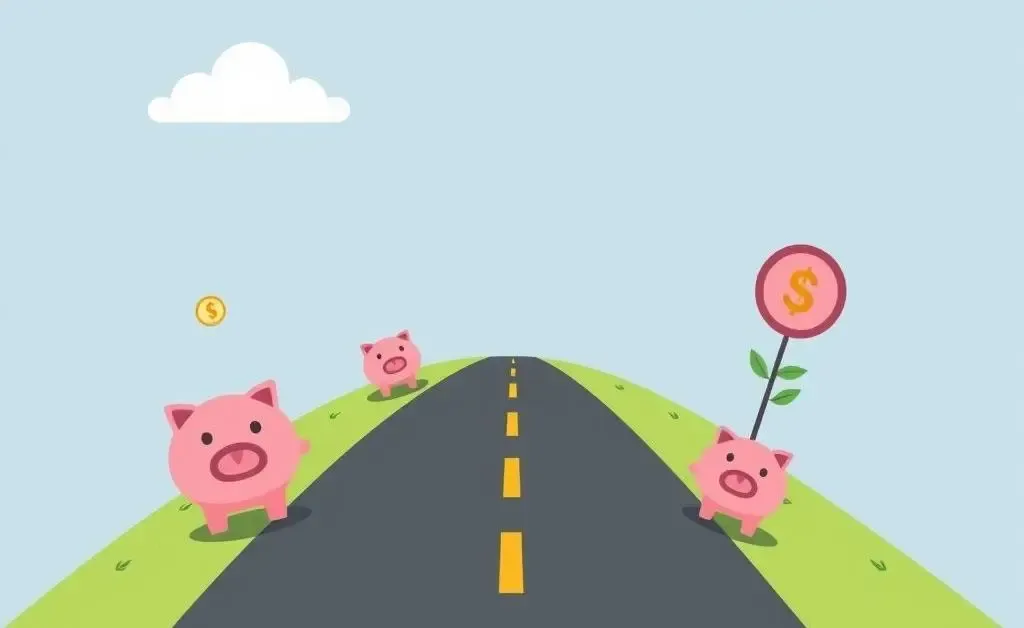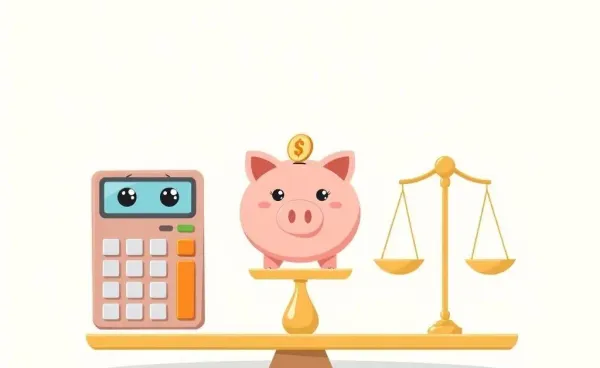Mastering Personal Finance: Simple Steps to Financial Freedom
Discover practical tips to take control of personal finances for a brighter future.

Have you ever wondered how some people make managing their finances look effortless, while others seem to constantly stress over their bank statements? If you're nodding along, you're in the right place. Let's dive into the world of personal finance with a blend of practical tips and a sprinkle of good humor.
Understanding Your Financial Foundation
The first step toward financial freedom is understanding where you stand right now. I once knew someone who genuinely believed they were on top of their finances because they had some money left at the end of each month. Spoiler: they didn't account for the looming credit card debt.
Here's where to start:
- Create a detailed budget: Your budget is your financial GPS. Note all your income sources and categorize expenses—needs versus wants.
- Track spending: Use apps or good old-fashioned spreadsheets to monitor where your money goes.
- Review regularly: Financial needs change, so adapt your budget every few months.

The Investment Adventure
Investing might seem intimidating at first, but it's like learning to ride a bike—wobbly at the start but liberating once you get the hang of it.
Consider these investment options:
- Stocks: Buying a slice of a company’s future. High risk, but potential high reward.
- Bonds: Lending money to companies or governments. Generally less risky than stocks.
- Real estate: A tangible asset that can appreciate over time and provide rental income.

Saving Tips for Sanity and Stability
Think about savings as a financial cushion. An unexpected expense doesn't have to mean doom and gloom if you're prepared.
- Emergency fund: Aim for three to six months’ worth of expenses. This is your safety net.
- Automated savings: Set up automatic transfers to a savings account. Out of sight, out of mind!
- Regular reviews: Adjust savings goals as your income and expenses evolve.

Charting Your Financial Future
Getting a grip on personal finance is an ongoing journey. Start small, stay consistent, and you'll soon see progress. Want even more control over your financial destiny? Consider speaking to a financial advisor to craft a personalized plan.
Remember, everyone’s financial journey is unique. What steps are you planning to take toward financial freedom this year?




